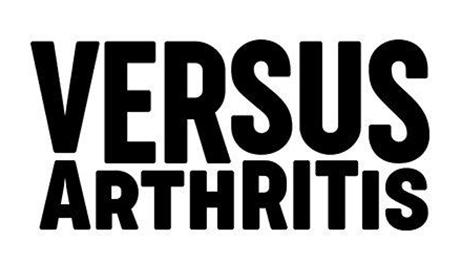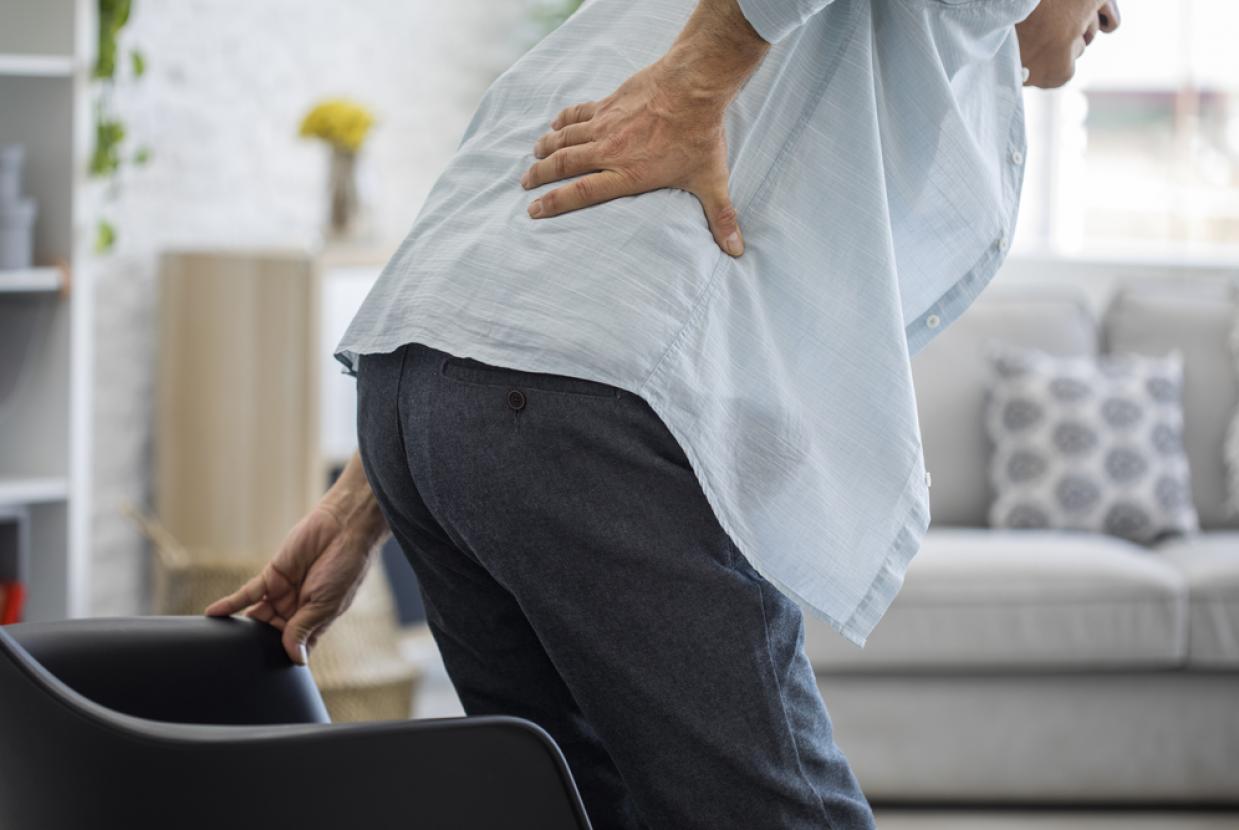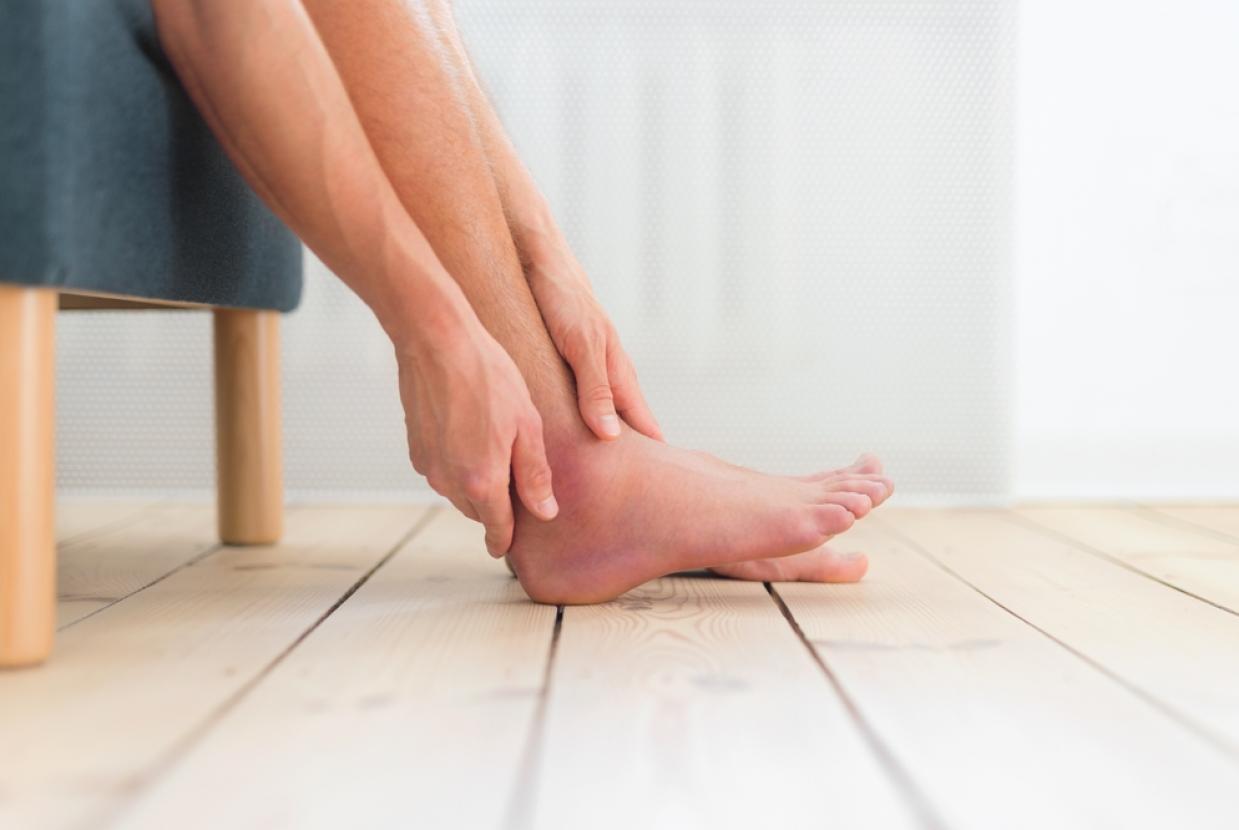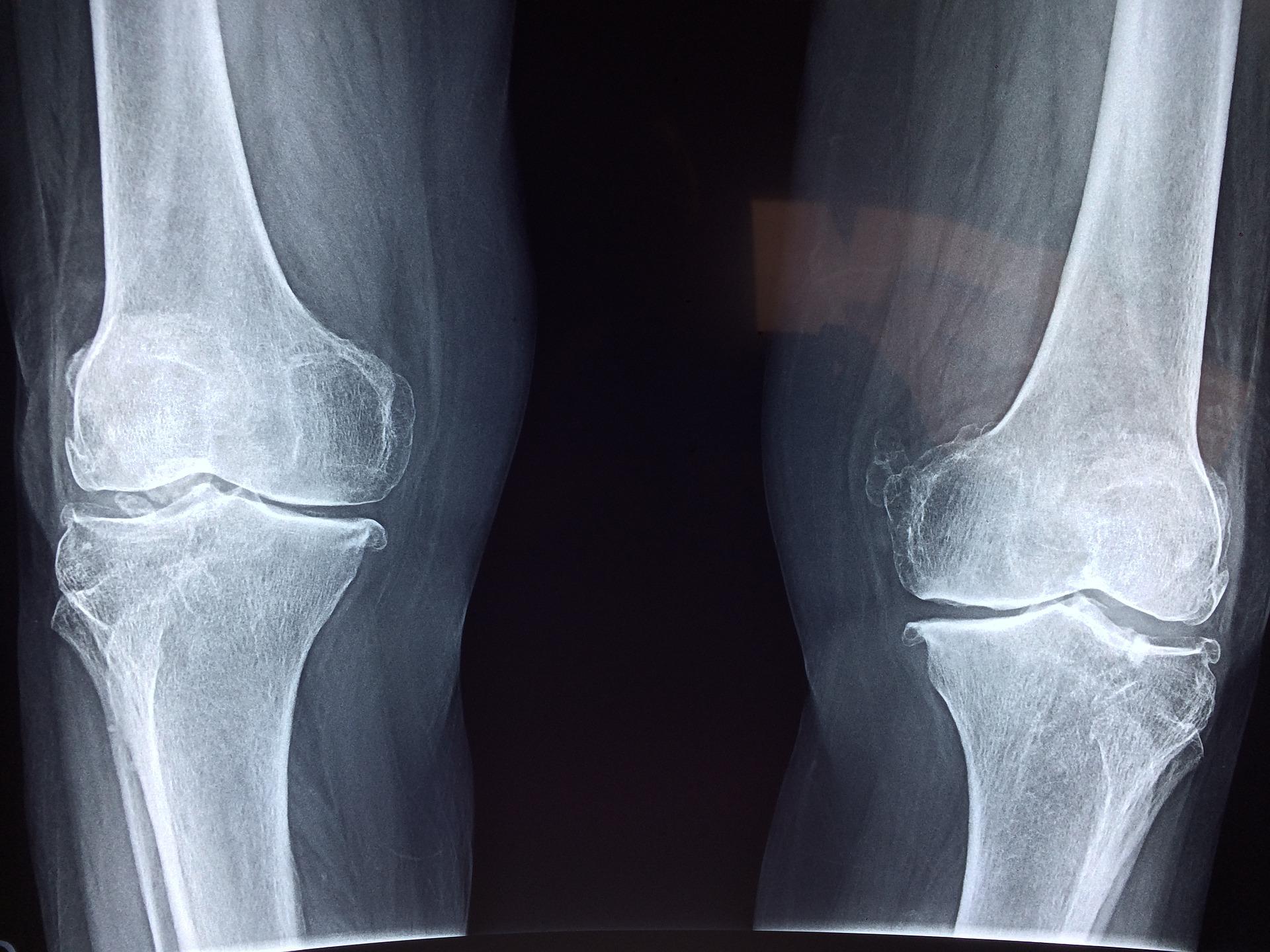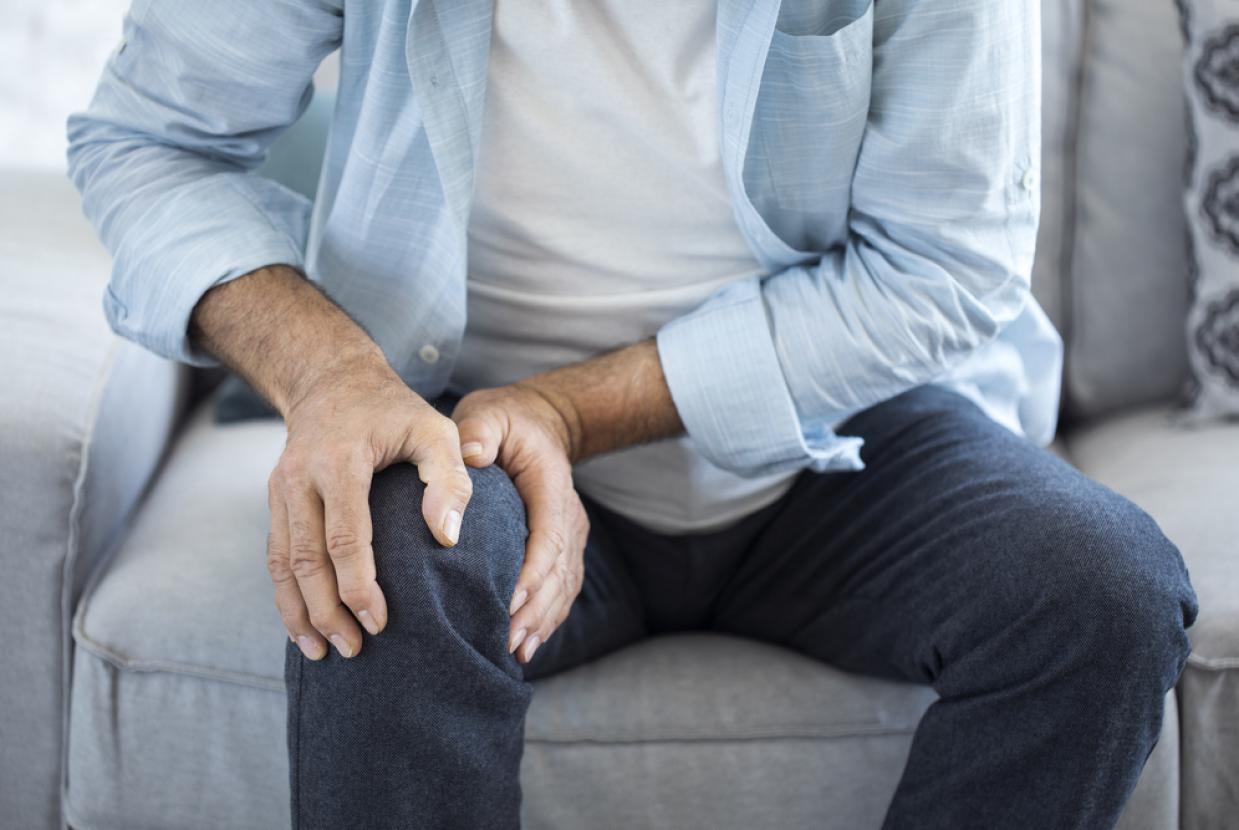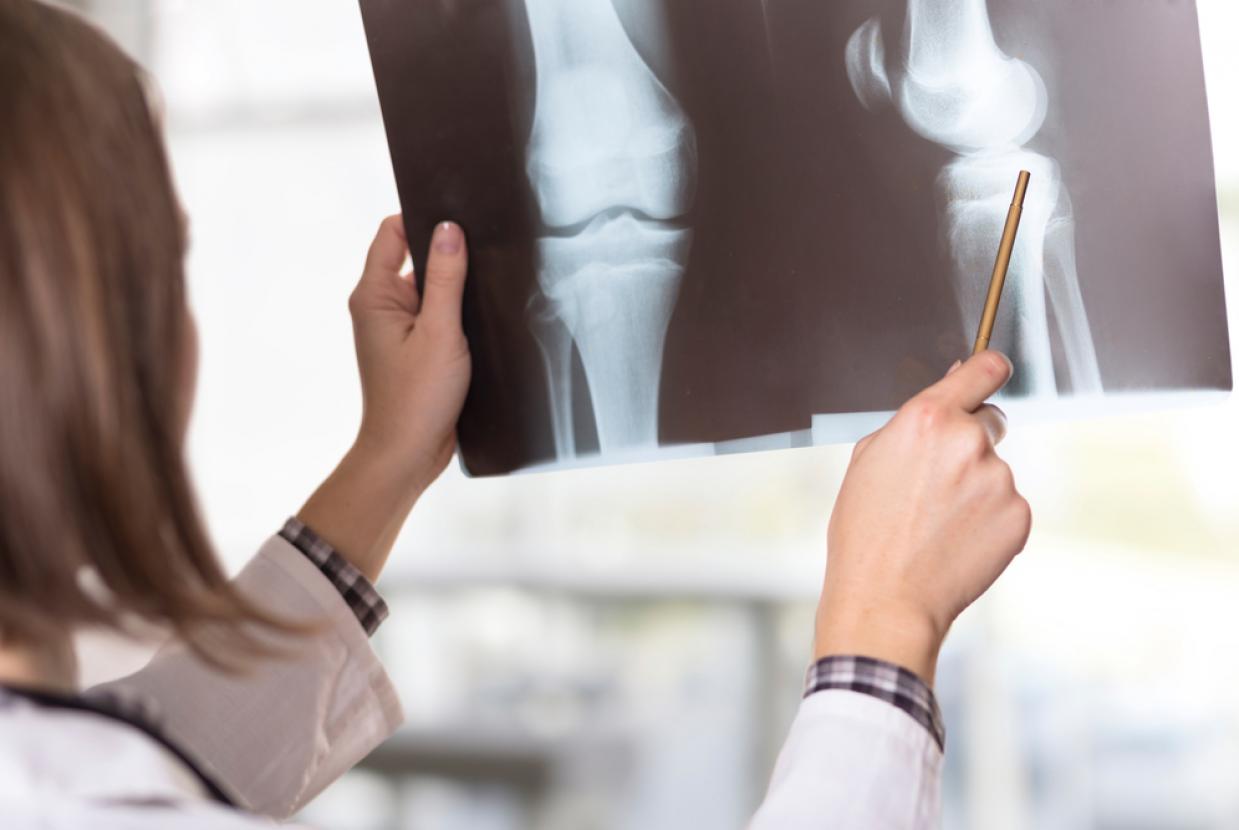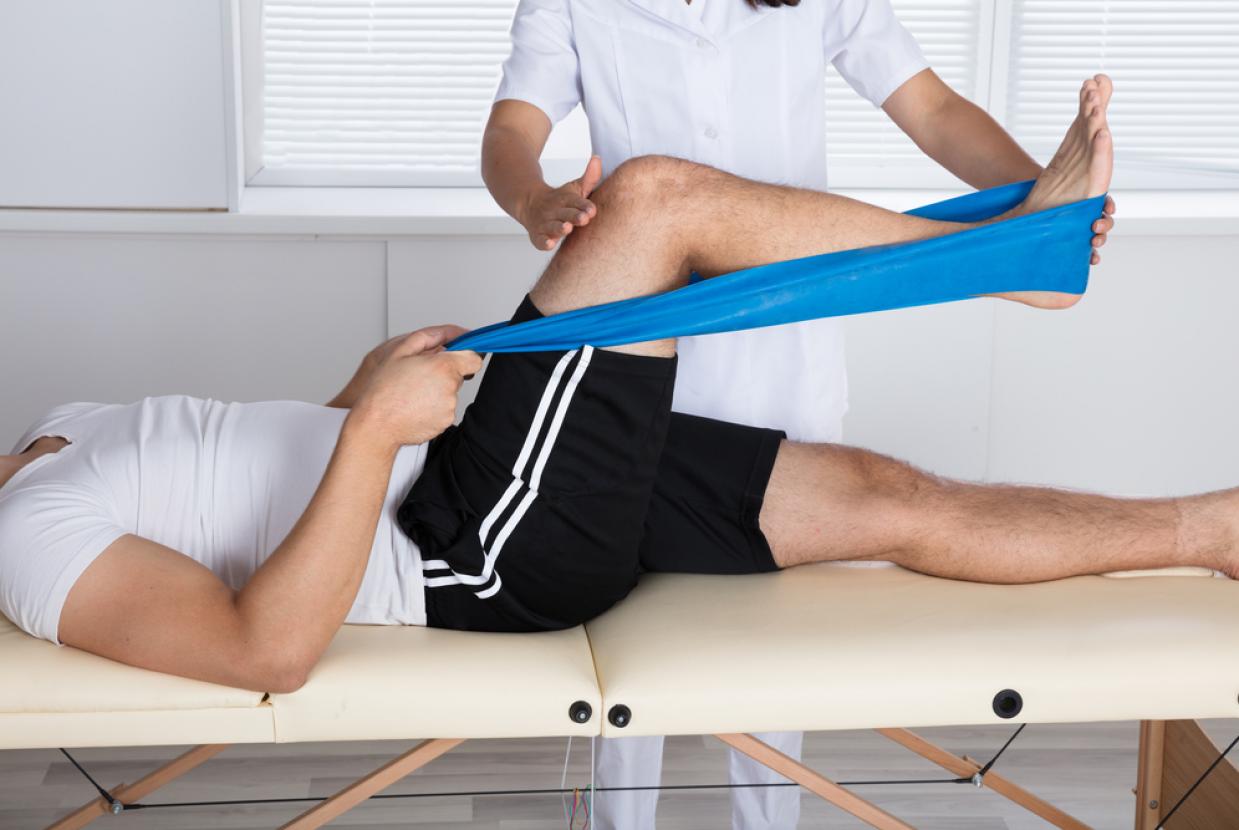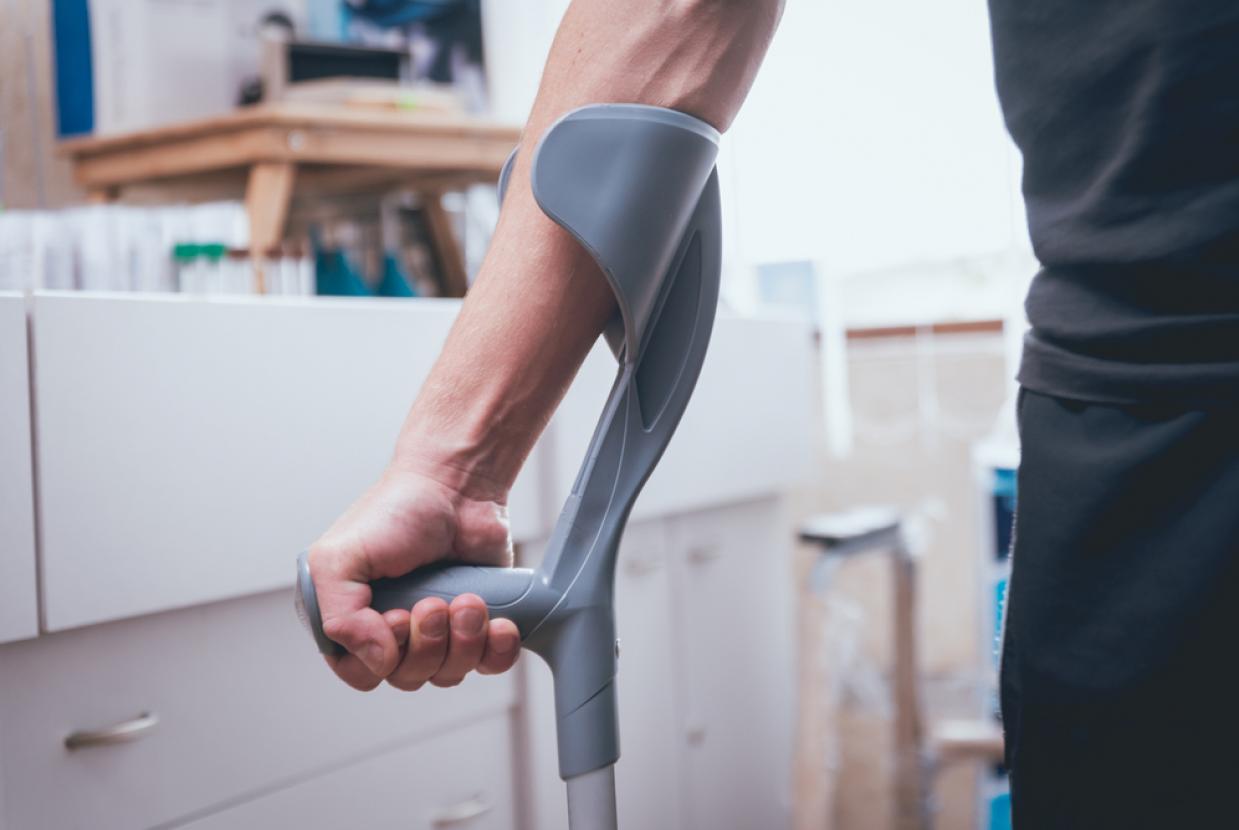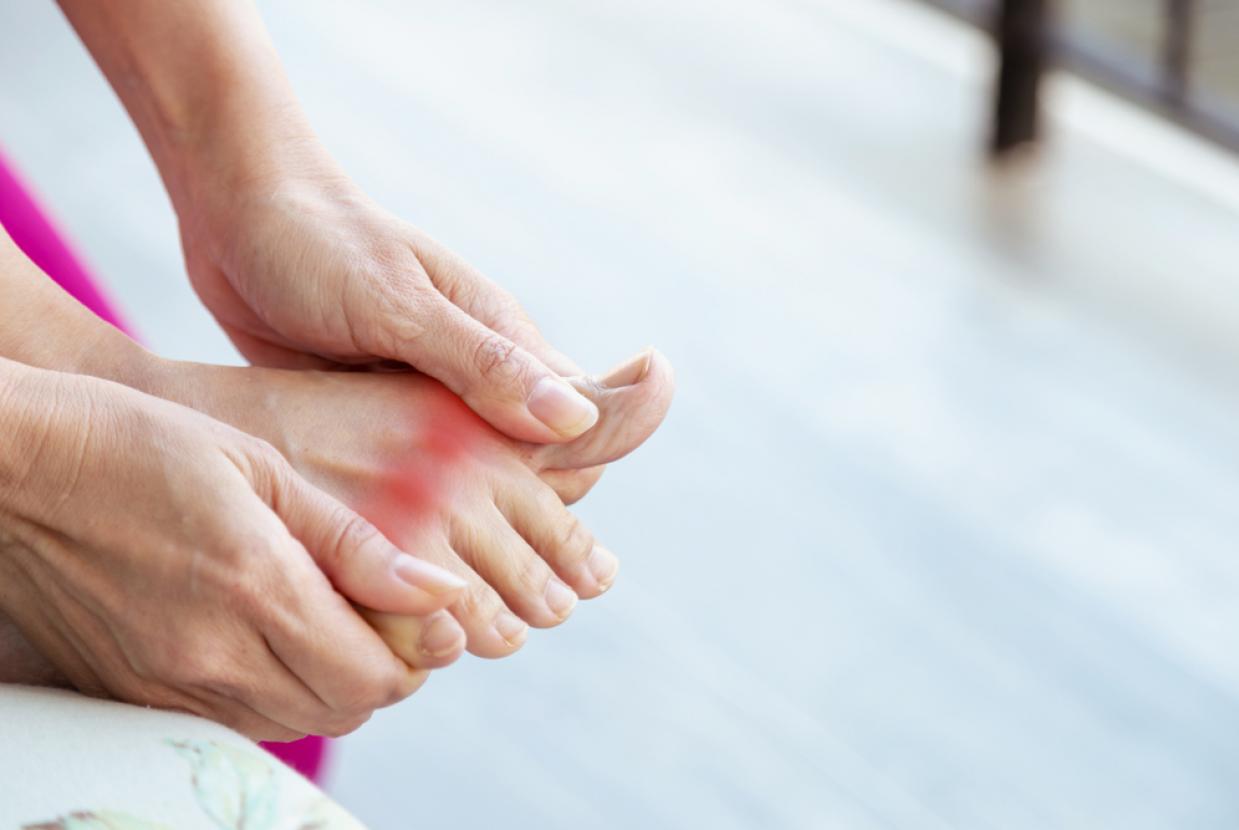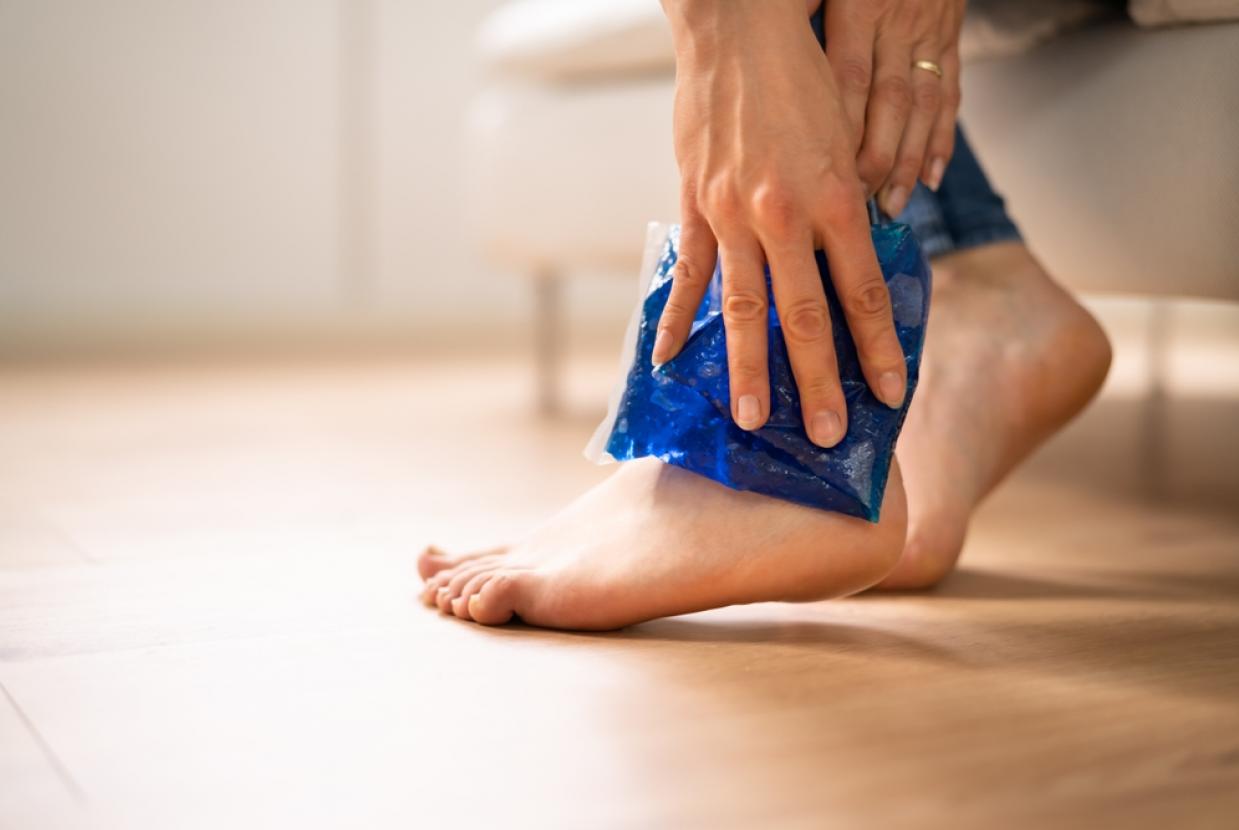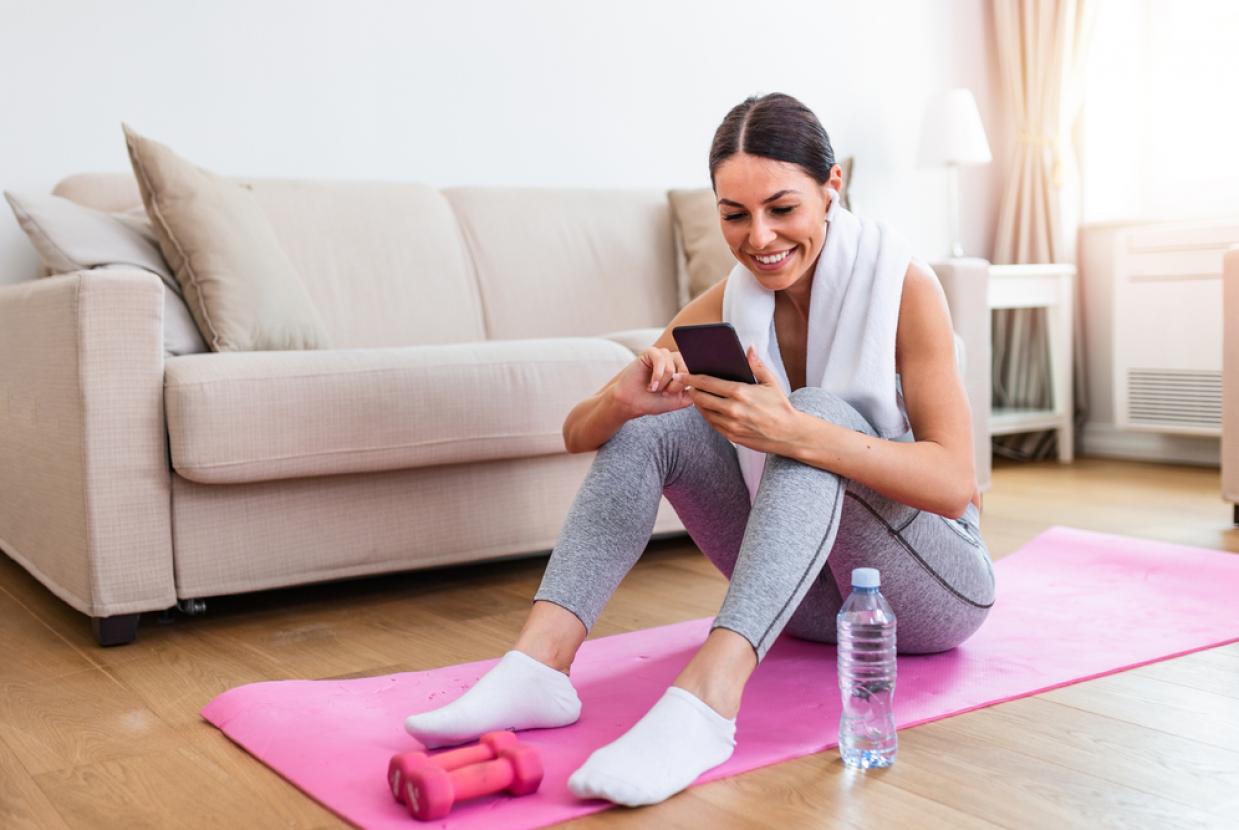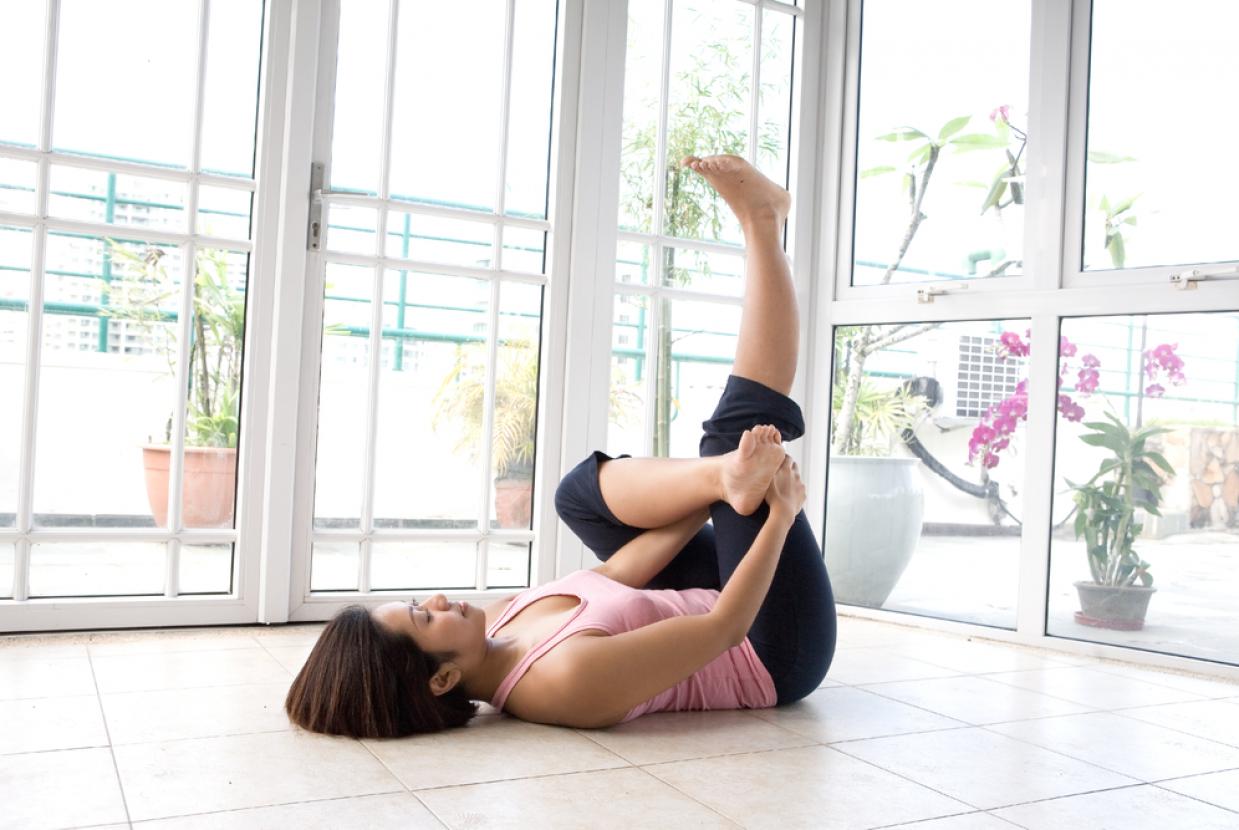Shoulder Pain
Your shoulders each have two joints, making them the most flexible parts of your body. The main shoulder joint – the glenohumeral – is a ball-and-socket joint. It’s called this because the top of the upper arm bone – the humerus – is shaped like a ball. This ball fits into the shoulder blade bone, which acts as the socket, giving your shoulder a wide range of movement.
But, the shoulder socket is very small, compared to other ball-and-socket joints, such as the hip. It’s held together and controlled by a covering of muscles, which are secured to the bones by strong cords called tendons.
These muscles and tendons form a capsule around the joint and support its movements, but can make it more likely to dislocate than other joints.
Inside the capsule is the synovium, which produces fluid that lubricates the joint and keeps the cartilage healthy. The cartilage helps protect your bones from any impact and sits between the bones of your shoulder joints to stop them rubbing together.
Above the main shoulder joint there’s a smaller joint where the top of the shoulder blade – the acromion – meets the collar bone.
This is known as the acromioclavicular joint. It helps the larger joint below to move through its full range, particularly when you’re raising your arm, lifting or throwing.
Causes
Most shoulder problems only affect a small area and should last a relatively short time. But sometimes the problem in your shoulder could be part of a wider, long-term condition such as, osteoarthritis or polymyalgia rheumatica.
It’s fairly common for people with rheumatoid arthritis to have pain and swelling in their shoulders. Osteoarthritis is less likely to affect your shoulders than other joints, unless you’ve injured them in the past.
When to see a doctor
Unless you’ve had a serious injury or get a sudden, continuous pain, you can usually treat your shoulder pain without having to see your doctor. If, after two weeks of treating yourself, you feel the pain isn’t any better you should see your doctor or a physiotherapist.
You should also see your doctor as soon as possible if you:
- develop severe pain in both shoulders
- also have pain in your thighs
- feel feverish or unwell.
Managing symptoms
There are several ways you can help your shoulder pain:
Painkillers
Simple painkillers, such as paracetamol, or non-steroidal anti-inflammatory drugs (NSAIDs), such as ibuprofen tablets and gels, from a chemist or supermarket can help.
A pharmacist should be able to give you good advice on what could work best for your condition. But don’t use them for more than two weeks without seeking further medical advice.
Heat or cold therapy
An ice pack may be helpful if your shoulder is painful after a minor injury or if it’s swollen and warmer to touch than the other side. You can use a bag of frozen peas, wrapped in a damp towel to protect your skin. Leave it in place for no longer than 20 minutes.
Alternatively, heat packs can help with most other types of shoulder pain, particularly if your muscles feel sore and tense. Chemists and sports shops sell reusable heat pads. Or you could use a microwaveable wheat bag or a hot-water bottle, wrapped in something dry, such as a towel, on the painful area for up to 20 minutes.
Posture
Bad posture or working habits, such as slouching at your desk, can make your shoulder problems worse.
Try these tips:
- When you’re sitting down try to avoid leaning forwards and resting on your arms too much.
- Try to relax your shoulders and let your arms hang by your sides, rather than gripping them tightly into your sides, especially if some of the pain is coming from your neck.
- Change your position often.
- Sit in an upright position.
- Support your lower back with a pillow, cushion or a chair with lumbar support to improve your upper body posture.
- If your arm is really sore, keep it supported and comfortable with a cushion or pillow on your lap.
- Use a mirror to practise holding your shoulder blades down and back – focus on your shoulder blades and imagine keeping your chest still and pulling the blades downwards and back towards each other.
If your shoulder is painful when you lie down, try:
- lying on your good side with a pillow under your neck
- using a folded pillow to support your painful arm in front of your body
- placing another pillow behind your back to stop yourself rolling onto your painful side
- using one or two pillows under your painful arm for support, if you prefer to sleep on your back.
Reduce the strain
Generally, it’s best to carry on with your normal activities as much as you can – but don’t overdo it. You may need to pace yourself more than usual and try to gradually do a bit more each day.
There are ways you can do some tasks slightly differently, so you don’t hurt your shoulder.
At home:
- When vacuuming, keep your upper body upright with the vacuum close to your body, and use short sweeping movements.
- Only iron essential items, and make sure the ironing board is at waist height.
- Use a trolley or a backpack to carry shopping. Or you could divide the weight between two bags and carry one in each hand. Alternatively, use bags with long straps and carry them with the straps crossed over your body from shoulder to hip. The key is to try to spread the load of what you want to carry.
- Ask your friends with cars if they could help you out by adding anything heavy to their shopping list.
- Use a delivery service for heavy or bulky shopping.
- Limit the amount of time you spend sitting looking down at tablets and mobile phones. Instead use a stand on a table to reduce neck strain.
- If you have to do tasks that involve raising your arms or sweeping movements, give yourself plenty of time and ask someone to help you. Take lots of breaks and try to switch tasks and positions
At work:
- Try to maintain a good posture when you’re sitting or standing. Avoid holding your neck in fixed or twisted positions.
- If you sit or stand at a workstation, such as a desk or workbench, try to get up and move around every so often. Try to gently move your shoulders and neck through their full range of movement regularly, to stop them getting stiff and sore.
- If you use a computer keep the keyboard and monitor directly in front of you, so you don’t have to turn your head or twist your body. Keep the mouse within easy reach so you don’t have to stretch for it.
- A good chair that supports you properly and can be adjusted to your needs could also help you keep a good working position. An occupational health advisor or your manager could be able to help you with this.
- When using the phone, don’t hold the receiver to your head with your shoulder. If you’re on the phone a lot, use a telephone headset.
- Avoid any manual work that hurts while you’re doing it.
Your line manager or human resources department should be able to help you. Some companies have an occupational health department that might be able to give you some advice and support.
Treatment
If your shoulder pain doesn’t improve with simple home treatments, there are other alternatives your doctor can recommend for you to try:
Physiotherapy
Most shoulder problems will benefit from physiotherapy. Physiotherapists are specialists who can help reduce your shoulder pain and show you how to improve the way your shoulder works by using a variety of strengthening and stretching exercise, massage and other therapeutic techniques.
They’ll work with you to improve your symptoms and help get your shoulder moving properly again. What they suggest for you will depend on whether your problem is short-term or a long-standing condition. Almost everyone will benefit from physiotherapy, using methods such as:
- exercises to strengthen weakened muscles, change their co-ordination and improve function
- advice on improving shoulder, neck and spine posture
- exercises to ease or prevent stiffness
- exercise to increase the range of joint movement
- applying adhesive tape to the skin to reduce the strain on the tissues, and to help increase your awareness of the position of the shoulder and shoulder blade
- manual treatments to the soft tissues and joints – such as massage and manipulation.
Your doctor can refer you to a physiotherapist, and in some areas you can refer yourself, but this referral could take a while.
Occupational therapy
If your shoulder problem is making daily activities difficult, such as dressing, washing and driving, it may help to see an occupational therapist.
An occupational therapist is a specialist trained to help you regain your independence by showing you how to change the way you do things. They can also advise you on how equipment or adaptations could reduce the strain on your shoulder at home, work, or while you’re driving.
They’ll be able to give you advice on how to change your movements to help prevent pain continuing or returning. If your place of work has an occupational health department, they may also be able to help.
You can also see an occupational therapist privately. You’ll be able to get an appointment quicker, but it will cost you money.
If you’re having problems at work, speak to an occupational therapist or the occupational health team if there’s one at your workplace. Otherwise, contact a Jobcentre Plus office to ask for advice. You can also find out more by looking at our pages on working with arthritis and joint pain.
Your doctor or physiotherapist can refer to you to see an occupational therapist, but you can also see an occupational therapist privately. You will be able to get an appointment quicker, but it will cost you money.
Steroid injections
Steroid injections into the joint can ease some shoulder problems. The steroid is usually given with a local anaesthetic to ease the pain. You should find your shoulder pain improves quite quickly.
The injection reduces inflammation and allows you to move your shoulder more comfortably. The pain relief should also make your physiotherapy exercises easier, but you shouldn’t use your shoulder for anything too strenuous for the first two days after an injection.
It isn’t usually recommended to have more than two or three injections into your shoulder as this can do more damage to the joint. If the problem keeps coming back, your doctor will probably suggest further investigations to find a solution to the problem.
Sometimes the pain may be worse for a short time after the injection, but this doesn’t mean it’s gone wrong. You only need to seek advice if the pain continues for more than a day or so after the injection.
Some steroid injections may be done with the help of ultrasound imaging. This allows the inflamed tissues to be seen on a monitor and makes sure the injection is given in the correct area.



